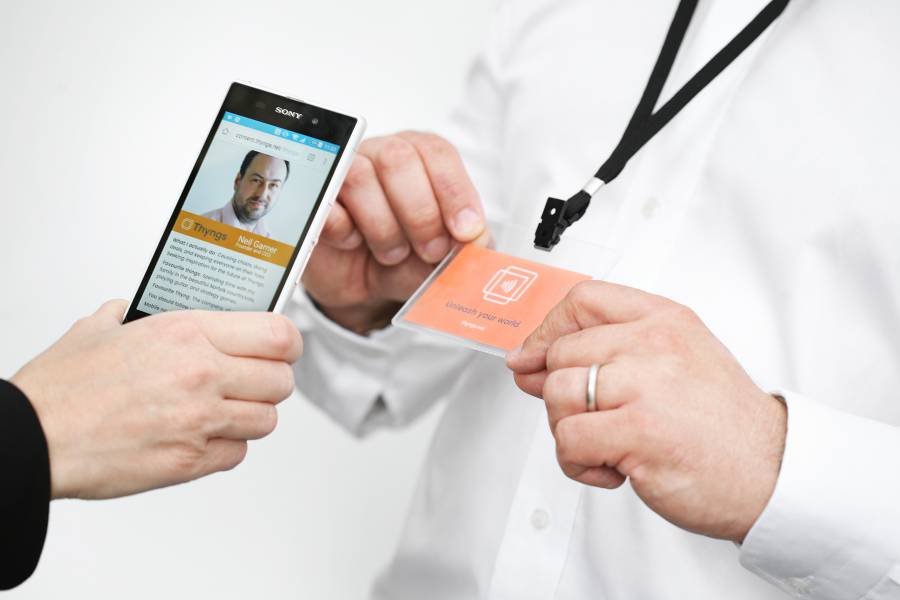
Digital + Physical = Phygital
It's no secret that physical experiences are more engaging and memorable than digital ones. Rewarding life events rarely involve looking at a screen.But,we'll admit that digital tech offers some useful opportunities. For example,the ability to communicate information quickly, and record user data.
We believe real-world experiences become even better by combining them with interactive mobile technology.Let's take a closer look at why organisations should be combining the best of both worlds.
What's the point?
All organisations want to have unified view of their customers. They want to understand as much about them as possible.
Most organisations have two distinct communication channels - physical and digital . Physical communications include a brand's products, packaging, fliers, advertising signs, and loyalty cards. Digital communications includes things like a brand's social media, website, emails, and texts.
Lack of communication between these channels means brands are missing insight on their customers.Organisations need to know how people engage and use their physical objects. If they can match the user to all their interactions, that's even better.Doing so would give organisations much more data about users, and help improve services.
Clever brands understand how their physical world marketing and advertising work together. By making marketing collateral tappable or scannable,brands can measure how many times people interact with it.This can help them provide more tailored offers and information to customers,based on time, location, handset features and previous user interactions. Clever, huh!?
What do customers get out of it?
You may be thinking this is a way for businesses to get hold of customer data and bombard them with marketing emails. Not so.
Any brand measuring phygital interactions must follow strict guidelines about what they're allowed to do with the data.
Allowing brands to track certain pieces of data can improve services for their customers. Customers can get quicker and easier assess to important information about a business without having to search for it online.They will also be able to get more relevant information and marketing messaging that they actually want to receive. For example, a shop could use beacon technology that will only send an offer to customers that enter the store.
Phygital: a creative medium
Phygital channels doesn't just give brands useful marketing data. They also allow them to be more creative with promotion and messaging. This is a new and exciting medium, so it's easy to be unique.
The increase of wearables means customers will be able to receive custom offers straight to their watches or smart glasses. There will be no limit to the interactive merchandising opportunities.We even expect to see exciting stuff like tappable and scannable in-store installations. Even interactive toys, clothes, and food containers are a possibility.
On a more practical level, the ability to tap to pay or donate will hopefully increase business or charity revenues.Interactive name badges can also help to verify someone's identity in an instant. We expect to see scannable business cards become the norm, making networking more engaging and convenient.
We also expect phygital items to become popular for their environmental benefits. Rather than printing hoards of business cards, networkers only need an interactive one that populates a user's smartphone with their contact details when tapped. In theory, this means phygital products can help reduce paper, water and CO2.Of course, it's still early days, so we'd need to see a bit more research into this one.
The future is phygital
If you hadn't guessed by now, the combination of physical and digital is the whole purpose and belief behind Thyngs.
Brands spend thousands on digital advertising, just because it's easy to measure return on investment. Thyngs allows businesses to track the use and record the return on investment on their physical channels too. It allows you to measure the ROI on meaningful, physical experiences, all through a user's smartphone. After all, 36% of the population of the whole world do have access to a smartphone...

